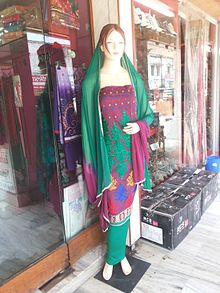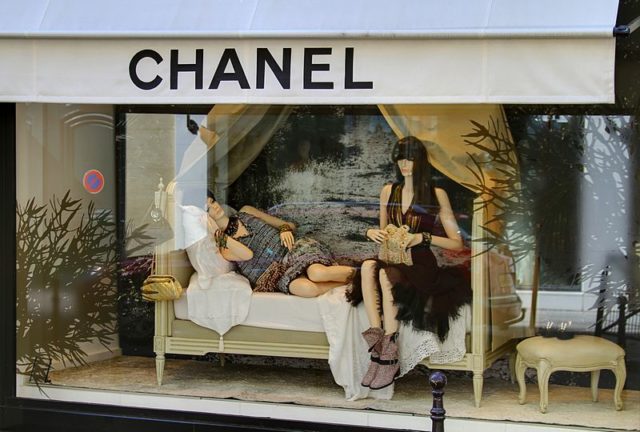From chic window displays to horror films or education, mannequins are a unique part of modern life and pop culture – some people find them fascinating while others believe they are frightening. The French word mannequin initially refers to the jointed figures that artists use as models of the human body; the word came from the Flemish word manneken, meaning “little man” or “figurine.”
In English, mannequin is sometimes used interchangeably with “dummy”– as in the crash test dummies utilized in automobile safety testing. Although mannequins are commonly associated with the fashion industry, they have many other uses in the 21st century and have an intriguing history as well.
Historically, artists used mannequins to draw draped figures. Garments arranged on a mannequin could remain still indefinitely, which was not the case with live models. Also, in the Battle of Yongqiu in 765 BCE, the Chinese military hung mannequins in the form of scarecrows over castle walls. These decoys attracted enemy soldiers who shot the mannequins with arrows that the Chinese used to replenish their own diminished supply.

Early fashion houses made dresses with dress forms, which would evolve into shop mannequins. Miniature “milliners’ mannequins” were used in the 15th century to display clothing for customers. Full-size wicker and wire mannequins became available in the 19th century.
Fashion mannequins were created with papier-mâché in Paris by the mid-19thcentury but were later made of wax to appear more life-like. In the 1920s, wax mannequins were replaced with more durable plaster mannequins. The fashion industry most commonly used mannequins made of plastic and fiberglass in the second half of the 20th century. Today’s clothing store mannequins are often less realistic than those of the past– they may be in different colors with featureless faces and abstract body types.

Mannequins also serve important medical and military purposes. Simulation mannequins like SimMan, the Transparent Anatomical Manikin, and Harvey help with medical education and training. Other mannequin types are used in the demonstration of CPR in first aid training. Mannequins with similar weights to humans and animals feature in the training of firefighters and Coast Guard in the lifesaving procedures. Like the Chinese in the Battle of Yongqiu, armies in World War I used mannequins to lure enemies away from actual soldiers. The CIA described employing a mannequin as a “Jack in the Box” for counter-surveillance; this tactic makes it more difficult for other countries to use their counterintelligence against CIA agents posing as diplomats. The mannequin is the upper body of a human, and by quickly popping the mannequin in place, it appears as if a CIA’s agent is still in a car when in the agent has walked away. During the 1950s, mannequins were used in military tests to test the effects of nuclear weapons on the human body.
Technological uses for mannequins include computer simulations, in which they are used to simulate behaviors of the human body. Mannequins have also been seen in art and pop culture since the 1900s. They were a recurring motif for Metaphysical painters of the early 20th century, and the photographer Eugene Atget frequently photographed shop windows displaying mannequins. In the horror genre of film and television, writers and directors rely on the fact that some people find mannequins disturbing.
Their use can be seen in Dr. Who, Kalifornia, Mulholland Falls, and The Hills Have Eyes. In the opposite vein, the 1987 movie Mannequin explores the love relationship between a man and a mannequin that comes to life. The clothing company Old Navy has used mannequins with dubbed voices for several of its commercials.
Read another story from us: Oldest beer-making “factory” found near the Wei River in China
Whether one likes them or fears them, mannequins have a definite place in the modern world. Their multiple use in the fields of art, science, fashion, and technology has far surpassed the original associations with the “little man” or “figurine”.
